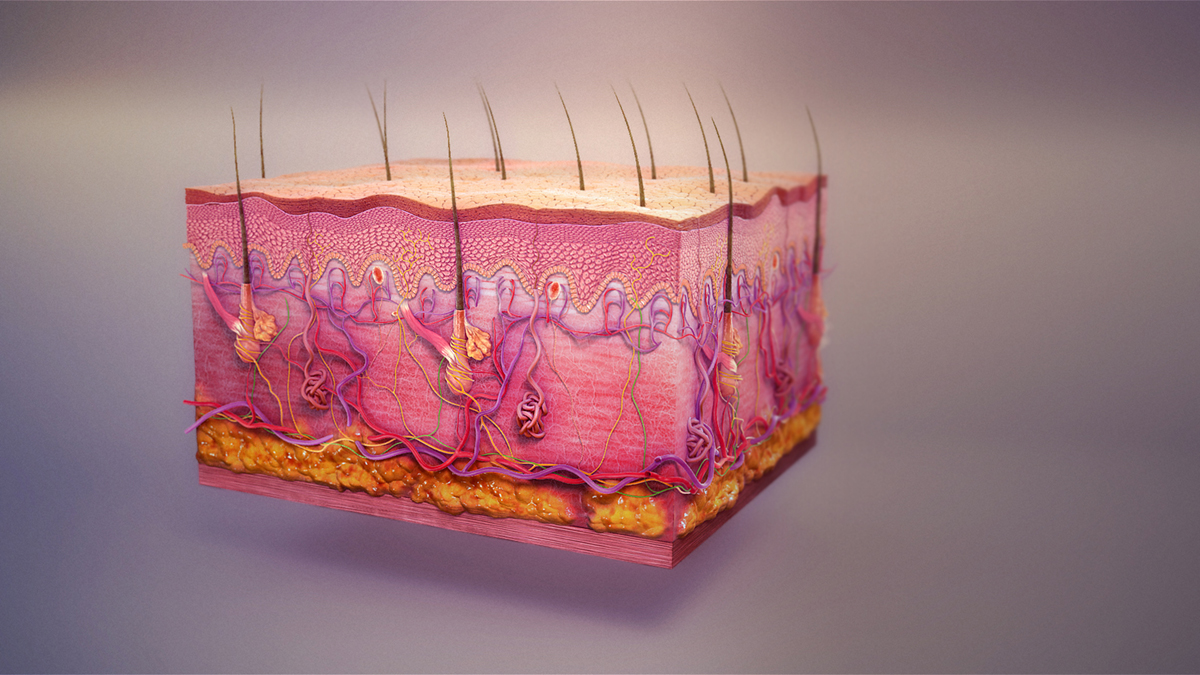
The integumentary system comprises of the skin and all the associated tissues known as accessory structures and organs of the skin. These appendages include the sebaceous glands, sweat glands, hair, and nails. This system regulates temperature and perspiration, it is essential in protection of the body against all the potential intruders (infective agents). Furthermore, the integumentary system reduces friction, serves as protection against injuries and harsh weather conditions. It contains receptors that allow humans to feel pain and differentiate hot from cold. Even this system is relatively fragile and can be affected with different conditions. In fact, there are several different groups of disorders that may affect the integumentary system. Some of them are contagious while others are not and certain groups are classified according to specific characteristics. Non-Contagious Integumentary System Disorders
There is a whole variety of non-contagious skin disorders. Inflammatory non-contagious skin disorders include acne, dermatitis, psoriasis and eczema. This group of conditions usually is characterized by specific rash and several more different skin changes. The lesions affect different parts of the body, may be isolated or merge together.
Contagious Integumentary System Disorders
The skin can be also affected by various contagious conditions. Almost all fungal infections are, for example, transmissible. A few examples of fungal skin infections include athlete's foot, ringworm etc. Furthermore, bacteria cause folliculitis (inflammation of hair follicles), furuncle, carbuncle and impetigo. The infective agents responsible for previous conditions can be transmitted to other parts of the body or other people as well. And finally, herpes simplex virus infections also affect the skin and are highly contagious.
Skin Cancer
Skin cancer is a serious condition. There are several types of the skin cancer and most of them occur due to excessive exposure to ultraviolet light. Basal cell carcinoma, squam cell carcinoma and melanoma are three different pathohistological types of skin cancers that affect humans. The disease starts in the skin but eventually spreads to surrounding or even further organs and organ systems in the body.
Burns
Burns develop as a consequence of an exposure to high temperature as well as certain chemicals. They represent serious injury to the skin particularly if larger portions of the skin are affected. Once the skin gets damaged it becomes more susceptible to infections and cannot regulate temperature or perspiration anymore. The effects of burns can be disastrous and one of potential outcomes is even death.
Other Lesions
Integumentary system can also be affected by so called bedsores (pressure ulcers). These lesions predominantly occur in bedridden patients or people in wheelchairs and develops as a consequence of prolonged pressure on particular part of the skin. Pressure ulcers form rapidly and are hard to treat. This is why it is better and much easier to prevent their formation then to allow them to develop and treat them.


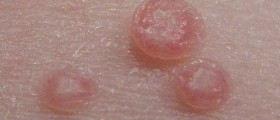



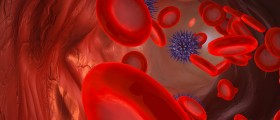

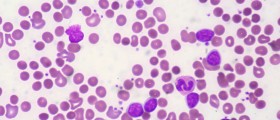
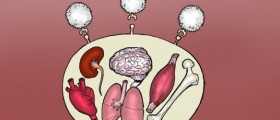

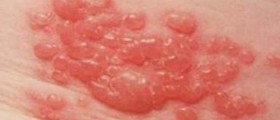
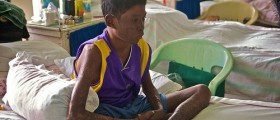




Your thoughts on this
Loading...